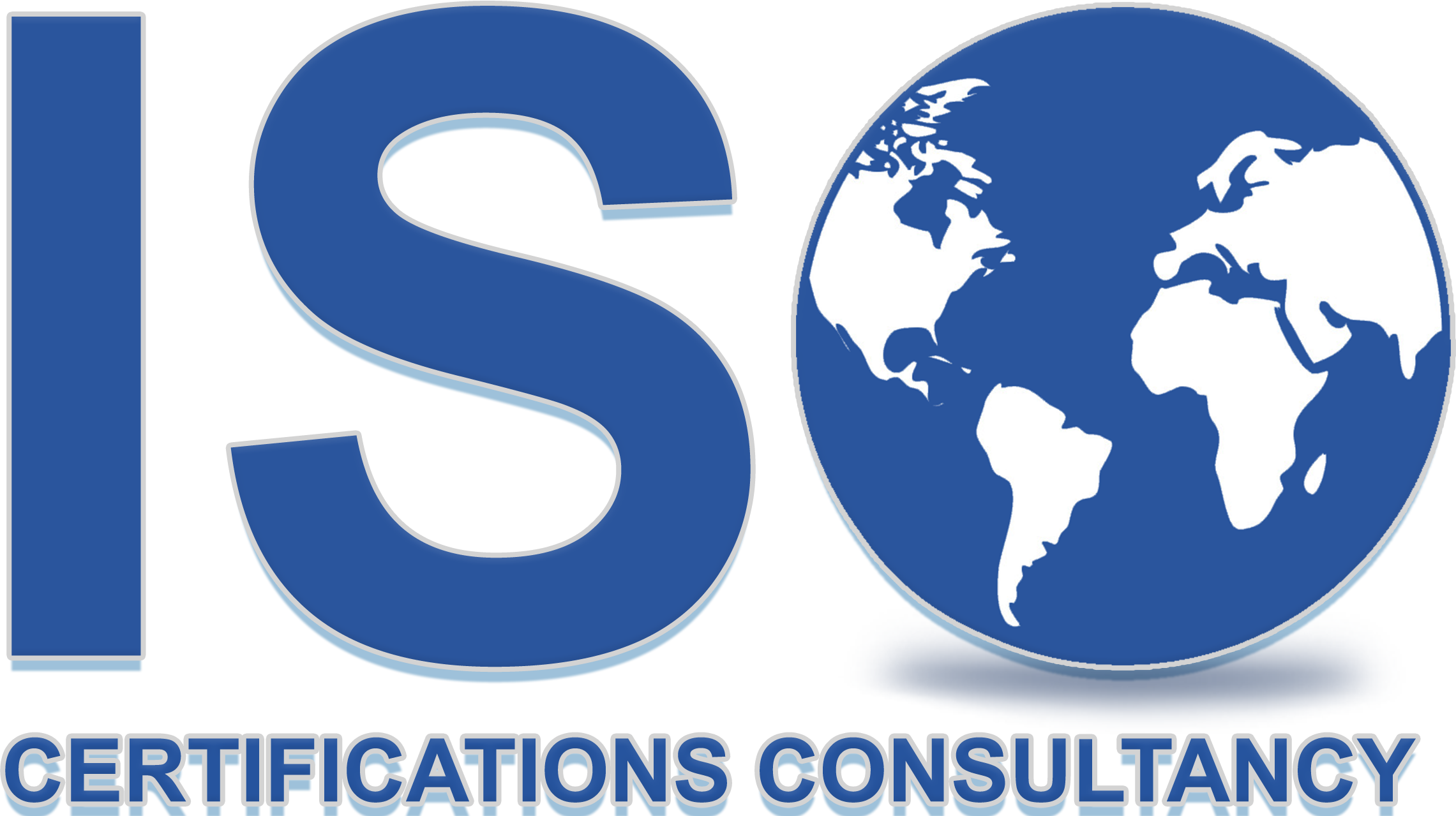
The worldwide COVID-19 pandemic revealed major deficiencies in workplace safety and health systems. Numerous businesses faced difficulties adapting to the sudden changes in protection requirements. The system faced considerable disruptions as a result. Hence, to prepare businesses for possible future crises companies must implement robust occupational health and safety (OH&S) measures and safety protocols during their recovery process. The international standard ISO 45001 establishes an all-inclusive framework which ensures workplace resilience improvement alongside protection protocol reinforcement.
How ISO 45001 Enhances Workplace Safety
ISO 45001 certification helps organizations establish structured workplace health and protection protocols by ensuring systematic risk management processes. Below are key methods ISO 45001 strengthens safety protocols post-pandemic.
- Comprehensive Risk Assessment and Hazard Identification: ISO 45001 requires businesses to conduct thorough threat checks and risk examinations to discover risks beforehand. Unlike reactive measures, this proactive technique guarantees that companies are well-organized and prepared to address crises for example pandemics and various workplace risks. Hence, this procedure consists of evaluating biological risks, emergency preparedness, and mitigation techniques to decrease workplace vulnerabilities.
- Implementation of Strong Safety Controls: ISO 45001 mandates businesses to use protection measures based on the hierarchy of controls—elimination, substitution, engineering controls, administrative controls, and personal protective equipment (PPE). This systematic technique minimizes workplace hazards and strengthens disaster response techniques. For instance, companies can enforce ventilation improvements, remote work options, and staggered shifts to decrease exposure to health risks.
- Continuous Monitoring and Improvement: A central principle of ISO 45001 is non-stop improvement. Organizations should regularly evaluate and update protection protocols to discover new risks. Hence, making sure a dynamic technique to workplace protection. This is critical in adapting to evolving health threats like COVID-19 and other rising dangers that might arise in the future. Businesses conduct periodic audits, incident investigations, and worker feedback sessions to refine their OH&S approaches.
- Strengthening Workplace Hygiene and Infection Control: One of the fundamental takeaways from the pandemic is the significance of strict hygiene and contamination control. ISO 45001 guides businesses in enforcing stringent health policies. For instance, sanitization, air quality control, and health screenings, to prevent the spread of infections withinside the workplace. Companies are endorsed to establish hand hygiene stations, enhance cleaning protocols, and offer PPE for personnel working in high-hazard areas.
- Enhanced Employee Training and Engagement: ISO 45001 mandates training programs to make sure workers recognize and follow workplace protection protocols. Regular safety drills, emergency response training, and awareness programs will help foster a culture of protection. Furthermore, training also extends to intellectual health awareness, stress control, and ergonomic best practices to enhance worker well-being.
- Leadership Commitment and Organizational Culture: A robust protection culture begins with leadership commitment. ISO 45001 emphasizes that top level management ought to take an energetic role in setting up protection policies. As a result, this will make sure compliance and will foster an environment where workers prioritize health and protection. Also, leaders should set clear protection expectations and communicate them effectively to the team. Lastly, allocate resources to keep a secure running environment.
- Integration with Business Continuity Planning: To preserve long-term resilience, ISO 45001 calls for businesses to integrate health and protection measures into their business continuity plans. This keeps workers safe while ensuring that operations can continue amid medical emergencies. Companies can create backup plans for supply chain interruptions, emergency response protocols, and remote work to maintain business operations during emergencies.
- Legal and Regulatory Compliance: ISO 45001 allows companies to observe countrywide and worldwide protection regulations. Compliance guarantees that businesses evade from penalties, legal liabilities, and reputational damage. So, by aligning with regulatory requirements, companies can display a dedication to protection. Hence, establish trust from workers, customers, and stakeholders.
Lessons from COVID-19 and the Role of ISO 45001
The pandemic highlighted numerous gaps in workplace protection that ISO 45001 can cope with efficiently. Below are key lessons learned:
- Proactive Planning Reduces Workplace Disruptions: Many companies lacked preparedness, resulting in operational shutdowns. ISO 45001`s structured method allows companies to anticipate dangers and formulate response strategies.
- Health and Well-being Must Be Prioritized: Employee health and wellbeing is critical for productivity and morale. ISO 45001 consists of mental fitness management, making sure that employees can feel supported in the time of crises.
- Adaptability and Flexibility Are Essential: The ability to update protection protocols quickly turned into a primary task throughout the pandemic. ISO 45001`s non-stop development framework guarantees businesses stay agile and responsive.
- Effective Communication Is Critical: Clear and transparent communication prevents incorrect information and improves compliance with protection measures. ISO 45001 mandates structured communication channels for health and protection updates.
Conclusion
ISO 45001 gives businesses a strong foundation to improve workplace resilience, fortify safety protocols, and get ready for emergencies. By imposing proactive threat control strategies, reinforcing hygiene measures, and fostering a culture of protection, companies can mitigate dangers efficiently. Hence, this will make sure compliance with global health and protection requirements.
Implementing ISO 45001 creates workplaces that are safer and stronger which in turn protects staff members. At the same time, increasing productivity to ensure business success over time. The inclusion of ISO 45001 within a company’s operational plan enables better management of future occupational health emergencies. While also upholding strict safety protocols and well-being standards. For more information, visit our website.
